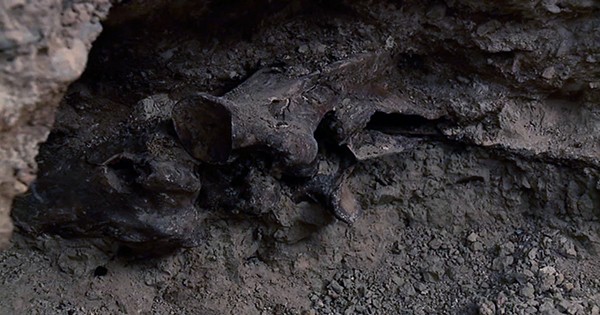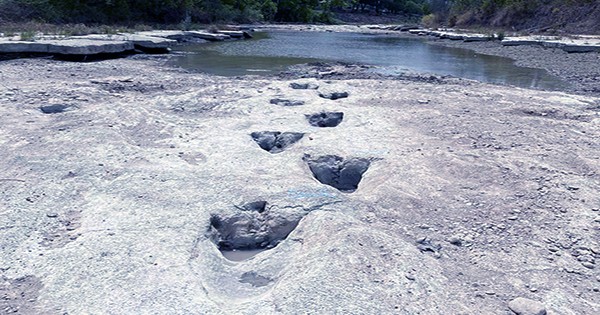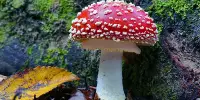A team of archaeologists and paleontologists from various universities in Brazil discovered evidence that prehistoric artists living in what is now Brazil may have made petroglyphs inspired by fossilized dinosaur footprints in a shared location. The scientists investigated petroglyphs created between 3,000 and 9,000 years ago for their study, which was published in the journal Scientific Reports.
The research team was operating in the Sousa municipality’s Serrote do Letreiro, a rural area in eastern Brazil. Prior research indicated that the terrain was suitable for retaining dinosaur footprints, but few bones have ever been discovered in the vicinity. As a result, it has been impossible to determine which dinosaurs left the tracks. They have been dated to 40 million years ago, and researchers believe they represent ornithopods, theropods, and sauropod dinosaurs.

In this latest endeavor, the study team discovered “a remarkable assemblage of petroglyphs and dinosaur footprints.” Few cases of the two coexisting at the same dig site have ever been discovered, scientists say. They also discovered what they call a close association between them, implying that the artwork done by locals thousands of years ago was most likely influenced by the footprints.
The association is obvious, they argue, because of the high number of carvings alongside or next to the footprints, indicating that the artists were aware of them. It also demonstrates that ancient peoples in the region recognized and valued ancient fossils. According to the research team, the imprints or the monsters that the early humans believed made them may have become part of their rituals or rites. The existence of the imprints made it evident where they wanted to display their artwork.
The researchers also argue that the petroglyphs may have been made by hallucinogen users, given their likeness to visions regularly recounted by people using such substances in the present period.















